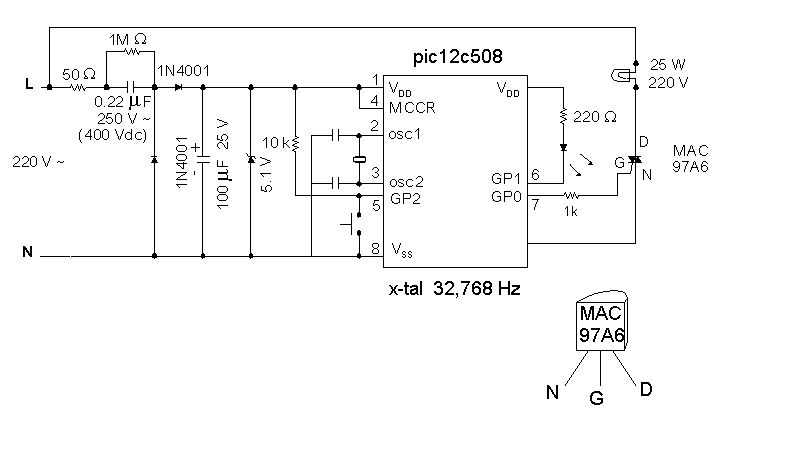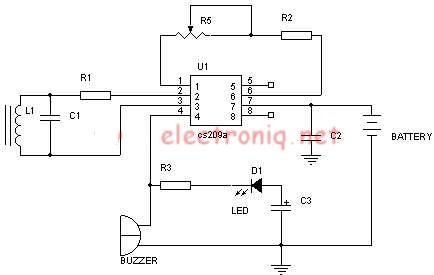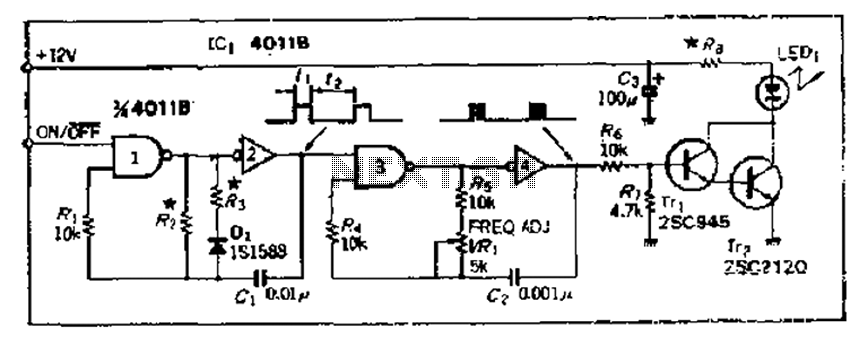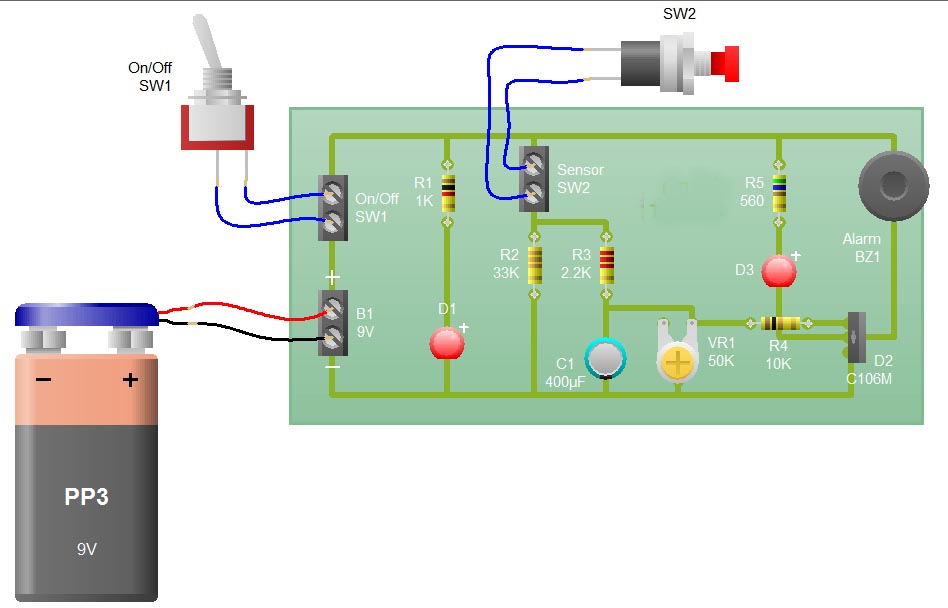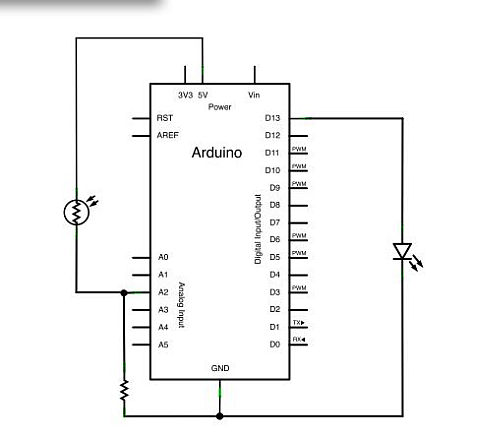
H-bridge using only n-channel mosfets

An H-bridge circuit has been developed utilizing four floating gate drivers and four insulated gate bipolar transistors (IGBTs). The attached schematic illustrates one half of the H-bridge configuration. The circuit operates effectively, but there are additional considerations to address.
The H-bridge configuration is a crucial component in various applications, particularly in controlling the direction of a DC motor. The use of four floating gate drivers allows for efficient control of the IGBTs, which are known for their high efficiency and fast switching capabilities. Each IGBT is responsible for switching the current in the motor, enabling bidirectional control.
In the provided schematic, the floating gate drivers are connected to the gates of the IGBTs, ensuring that the transistors can be turned on and off with precision. The floating gate drivers are instrumental in providing the necessary voltage levels to fully enhance the IGBTs, thereby minimizing switching losses and improving overall performance.
The H-bridge operates by alternately switching pairs of IGBTs on and off. For instance, when the upper left and lower right IGBTs are activated, current flows in one direction, causing the motor to rotate in a specific direction. Conversely, activating the upper right and lower left IGBTs reverses the current flow, allowing for reverse rotation of the motor.
Design considerations for this H-bridge circuit include ensuring proper gate drive voltage levels, managing heat dissipation from the IGBTs, and implementing protection mechanisms such as overcurrent and overvoltage protection. Additionally, the layout of the PCB should minimize parasitic inductance and capacitance to enhance performance and reliability.
In summary, this H-bridge configuration, featuring floating gate drivers and IGBTs, is a robust solution for motor control applications, offering efficient operation and flexibility in direction control. Further refinements may enhance its performance and reliability in practical implementations.I have created an H-bridge PC with 4x floating gate drivers and 4x IGBTs (see attached schematic showing half of h-bridge). It works very nicely but I .. 🔗 External reference
The H-bridge configuration is a crucial component in various applications, particularly in controlling the direction of a DC motor. The use of four floating gate drivers allows for efficient control of the IGBTs, which are known for their high efficiency and fast switching capabilities. Each IGBT is responsible for switching the current in the motor, enabling bidirectional control.
In the provided schematic, the floating gate drivers are connected to the gates of the IGBTs, ensuring that the transistors can be turned on and off with precision. The floating gate drivers are instrumental in providing the necessary voltage levels to fully enhance the IGBTs, thereby minimizing switching losses and improving overall performance.
The H-bridge operates by alternately switching pairs of IGBTs on and off. For instance, when the upper left and lower right IGBTs are activated, current flows in one direction, causing the motor to rotate in a specific direction. Conversely, activating the upper right and lower left IGBTs reverses the current flow, allowing for reverse rotation of the motor.
Design considerations for this H-bridge circuit include ensuring proper gate drive voltage levels, managing heat dissipation from the IGBTs, and implementing protection mechanisms such as overcurrent and overvoltage protection. Additionally, the layout of the PCB should minimize parasitic inductance and capacitance to enhance performance and reliability.
In summary, this H-bridge configuration, featuring floating gate drivers and IGBTs, is a robust solution for motor control applications, offering efficient operation and flexibility in direction control. Further refinements may enhance its performance and reliability in practical implementations.I have created an H-bridge PC with 4x floating gate drivers and 4x IGBTs (see attached schematic showing half of h-bridge). It works very nicely but I .. 🔗 External reference
